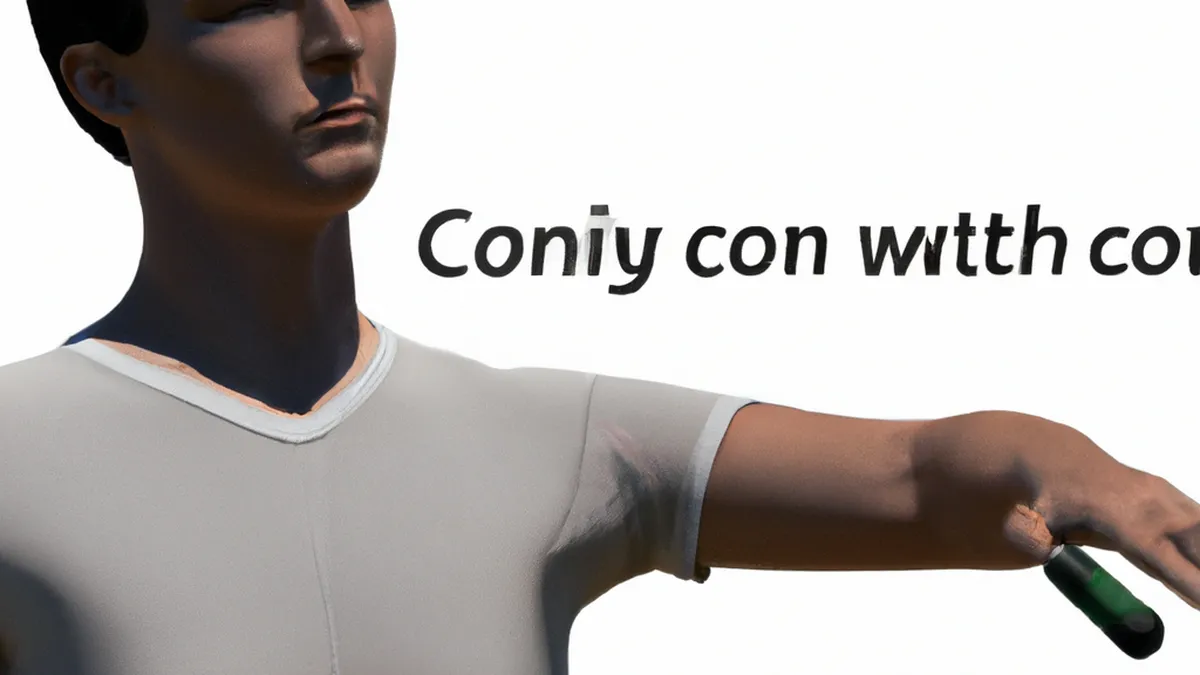Refine Your Game Using Scapular Techniques
Scapular Control for Enhanced Performance in Tennis
Tennis demands agility, strength, and precision. Players focus on footwork, racket skills, and mental strategies. However, scapular control significantly impacts performance. The scapula, or shoulder blade, influences all upper body movements, from serving to groundstrokes. Improving scapular control enhances performance and reduces injury risks. This article discusses scapular control’s importance in tennis and offers actionable tips for improvement.
Understanding Scapular Control
Scapular control involves coordinated shoulder blade movement, essential for proper shoulder mechanics during tennis strokes. The scapula must move fluidly with the arm for efficient energy transfer. For instance, during a serve, a well-functioning scapula enables optimal shoulder positioning, resulting in powerful, accurate serves. Conversely, poor scapular control compromises shoulder stability, reduces power, and increases injury risk.
Key Components of Scapular Control
1. **Stability**: A stable scapula provides a strong foundation for upper-body movements. Stability is crucial for executing powerful strokes and maintaining control throughout tennis actions.
2. **Mobility**: Adequate scapular mobility allows players to achieve a full range of motion during swings. This is vital for serving and overhead shots, requiring maximum reach and extension.
3. **Coordination**: Effective scapula and shoulder coordination optimizes power and control. When the scapula synchronizes with the arm, it enhances stroke biomechanics.
Tips for Enhancing Scapular Control
Improving scapular control requires focused exercises targeting strength, stability, and mobility. Here are effective methods to incorporate into your training routine.
1. Strengthening Exercises
Strengthening scapular muscles enhances control and improves court performance. Here are some exercises to try:
– **Scapular Push-Ups**: This exercise targets the serratus anterior, vital for scapular movement. Start in a push-up position with straight arms. Lower your chest slightly by squeezing your shoulder blades together. Push back up, spreading your shoulder blades apart. Aim for three sets of 10-15 repetitions.
– **Band Pull-Aparts**: This exercise uses a resistance band to strengthen the upper back. Stand shoulder-width apart and hold the band with both hands, arms extended in front. Pull the band apart, focusing on retracting your shoulder blades. Slowly return to the starting position. Aim for three sets of 12-15 repetitions.
2. Mobility Drills
Mobility drills improve scapular range of motion, essential for effective strokes.
Conclusion
Enhancing scapular control leads to better performance and reduced injury risks in tennis. Focus on stability, mobility, and coordination to achieve optimal results.
Below are related products based on this post:
FAQ
What is scapular control and why is it important for tennis performance?
Scapular control refers to the coordinated movement of the shoulder blades, which is essential for maintaining proper shoulder mechanics during tennis strokes. It significantly impacts performance by enabling efficient energy transfer, optimizing power, and improving accuracy in shots. Good scapular control also helps reduce the risk of injuries.
What are the key components of scapular control?
The key components of scapular control include stability, mobility, and coordination. Stability provides a strong foundation for upper-body movements, mobility allows for a full range of motion during swings, and effective coordination between the scapula and arm optimizes power and control in strokes.
What exercises can help improve scapular control for tennis players?
Some effective exercises to enhance scapular control include scapular push-ups and band pull-aparts. Scapular push-ups target the serratus anterior, while band pull-aparts strengthen the upper back. Both exercises focus on improving muscle control, stability, and coordination, which are crucial for better tennis performance.















Post Comment